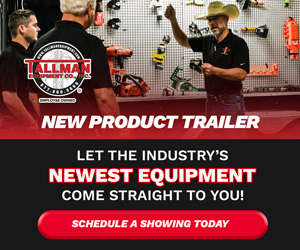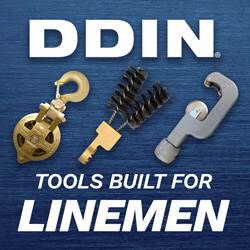Holistic worker wellness isn’t a passing trend – it’s a critical component of workplace safety and strong organizational performance.
Utility workers perform essential tasks that touch millions of lives every day. The critical nature of the services they provide coupled with the perilous nature of their tasks exposes these workers to life-threatening hazards. This is why the industry highly values and prioritizes safety.
Many utility companies operating today have made significant strides in improving their safety culture. Critical risk management programs and a human performance mindset have become increasingly common as organizational leaders more fully understand the link between human behavior and risk. These companies have moved beyond the traditional safety model that primarily focuses on accident prevention, opting instead to embrace risk reduction strategies.
Use of tools like the energy wheel and the hierarchy of controls continues to help leaders shift their focus from lagging indicators (e.g., injury rates) to leading indicators, enabling them to better predict and prevent potential harm. This proactive approach has become a hallmark of forward-thinking safety strategies – but there’s still more to be done.
Individual well-being is one topic that industry organizations don’t always include when developing safety programs, in part because not everyone understands what it is. “Wellness” often conjures thoughts of a person’s physical state, a definition that fails to capture the complex, multidimensional nature of well-being and the ways it directly impacts safety outcomes. When we talk about worker safety, we must consider the entire individual, which includes their physical, mental, emotional and social well-being.
Shifting From Process to People
Workplace safety is often framed as a process. We first design programs and policies, and then we train people. But when it comes to safety, people should be the starting point – so we must do a better job of starting with them. As safety professionals and leaders, we have an obligation to study and understand the human factors that influence how our workers show up each day.
Imagine that you’re preparing to deliver an important presentation to the president of your company. You’ve spent weeks perfecting your slides, rehearsing answers to difficult questions and preparing yourself for a successful delivery. But when the morning of the presentation arrives, you’ve barely slept, you’re dealing with relationship stress, you haven’t had time to eat, and you’re feeling mentally overwhelmed. Now ask yourself, how will these factors impact your presentation to the company president? Do you think you’ll be able to perform at your best?
The situation is no different for our frontline workers. They show up to work as multifaceted people, more than just skilled operators or safety-conscious team members. When they are struggling with personal challenges, sleep deprivation or other types of stress, that stress can directly affect their ability to successfully complete safety-sensitive tasks.
Continue reading at Incident Prevention
For more safety insights for the electric utility industry, check out how to optimize arc flash protection, information about equipment stabilization, or some great information on hand protection from electric shock.







0 Comments